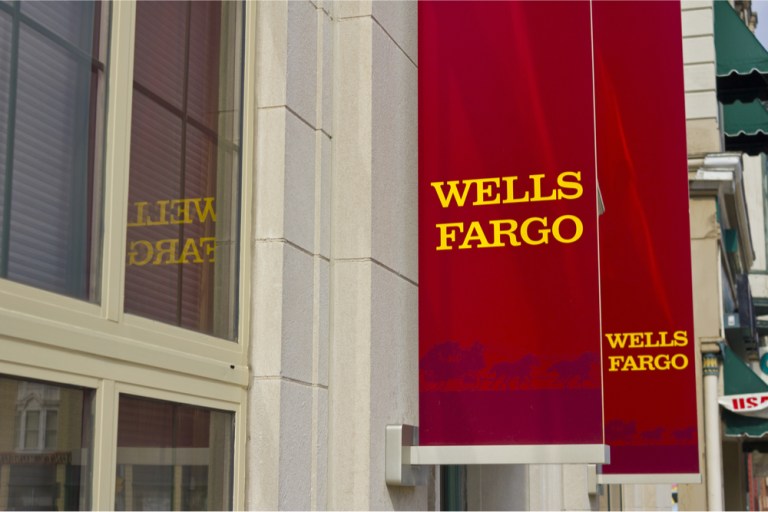
Wells Fargo reported Tuesday (July 14) that its teller and ATM transactions plunged 28 percent in the second quarter amid COVID-related temporary branch closures and the continued transition to digital. The financial institution also announced plans to slash its third-quarter dividend to 10 cents a share from a previous 51 cents subject to board approval.
“Our view of the length and severity of the downturn deteriorated considerably from our assumptions at the end of the first quarter, and this — as well as the knock-on impacts from COVID — substantially impacted our results this quarter,” CEO Charlie Scharf said in a call with analysts.
Supplemental materials from the company also showed that general purpose credit card volumes fell 22 percent to $15.8 billion, while active general-purpose credit card accounts dropped 9 percent to 7.3 million.
Consumer loans likewise sank $15.7 billion on a net basis, while debit card point-of-sale purchases as measured by volume were flat at $93.1 billion. The company also reported that it had 5,300 branches during the quarter, down from 5,442 in the same period last year.
On the plus side, consumer and small business banking deposits shot up 19.8 percent to $894.1 billion. Digital active customers (online and mobile) likewise rose 4 percent to 31.1 million, including a 6 percent increase in mobile active customers to 25.2 million. Primary consumer checking customers also rose 0.4 percent year on year to reach 24.3 million.
All told, Wells Fargo’s revenues hit $17.8 billion for 66-cent-per-share loss. That fell short of analysts’ estimates of $18.4 billion in revenues and 20 cents per share in red ink.
Chief Financial Officer John Shrewsberry admitted on the company’s call with analysts that “our earnings in the second quarter were significantly impacted by the economic environment.” But he added that “our capital and liquidity continued to be strong, with both our Cet1 ratio and LCR increasing from the first quarter. Our Cet1 ratio increased to 10.9 percent, 190 basis points above … our current regulatory minimum of 9 percent.”